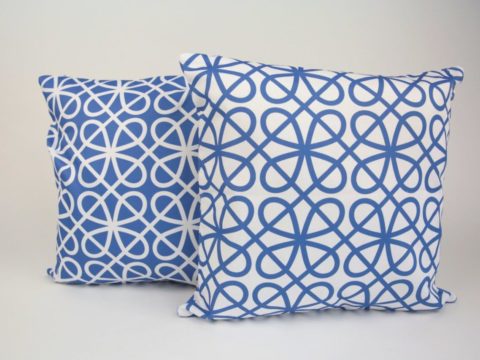Weights & Measures in Tudor & Stewart Times
Chapter 2 : Scotland
As in England the town or burgh council was responsible for ensuring that goods sold in the market corresponded to the agreed weights and measures in the area. There would be a public set of scales or weighing mechanism, called the ‘tron’, usually situated near the market, hence the frequency of ‘Trongate’ as a street name (gate being a Scots or Northern English word for road or way).
Linear Measures
A Scottish inch was usually slightly longer than an English inch, but the structure was the same with 12 inches equalling 1 foot. Rather than the yard, the Scots tended to use the ‘ell’, which was marginally longer at 3 ft 1 inch.
6 ells made up 1 fall, 4 falls were 1 chain, 10 chains were a furlong, and 8 furlongs made the mile. With the slight differences, a Scottish mile was about 10% longer than an English mile.
Land Measurement
This had the same structure as the English measurement, but square ells were used, rather than square yards, 36 grossing up to square falls (or fas) and then 40 square falls making a rood. 4 roods equalled an acre. Again, the slight differences mounted up to make a Scottish acre about a quarter as large again as an English acre.
Liquid Volumetric Measurement
Some of the terminology was similar to the English but the amounts were quite different. The smallest quantity was the gill. 4 gills made a mutchkin (about a fifth of a metric litre), two mutchkins made a chopin and two chopins equalled a pint or a joug. 8 jougs equalled a gallon. A gallon was the equivalent of about 13.6 metric litres.
Thus a Scottish gallon was about three times the volume of an English gallon.
Dry Volumetric Measurement
In Scotland, as in England, grain and other dry products were measured as often by volume as by weight. The volumes were grouped by fours. The smallest measure was the lippie or forpet. 4 of these equalled a peck. 4 pecks combined to make a firlot, and 4 firlots were a boll. 16 bolls made a chalder.
Just to make matters more complicated, the quantity in each of these measures depended on the product being sold. A chalder of wheat or beans contained much less by volume than a chalder of barley or oats. The metric equivalent of a chalder of wheat is about 2,300 litres (imagine it in a measuring jug), whilst a chalder of oats is the equivalent of nearly 3,400 litres.


